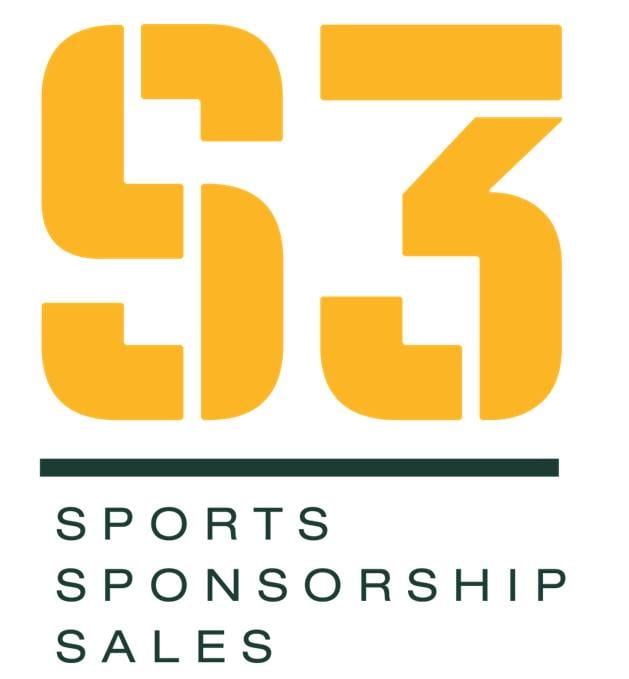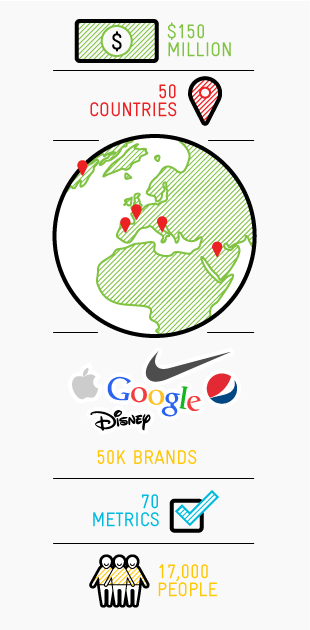Note: This data was collected in 2018. How long does it take to get to top of the business side in sports? We researched how many years from graduation to making it as CEOs or Presidents, and CIOs (or equivalent), among MLB teams. Quarter of a Century The average time from leaving school to first…Continue Reading What does it take to get to the c-suite of Major League Baseball?
5 Characteristics of the Best Salespeople in Sports

by Andre Luck – September 2015 As an Inside Sales Manager I am often asked what the best salespeople do to be the best. Fortunately, I’ve had the opportunity to manage or mentor over 100 salespeople so far in my career. I have seen many times what the top performing salespeople have done to separate…Continue Reading 5 Characteristics of the Best Salespeople in Sports
Who went where: S3 Graduate & Internship Placement 2015

by Kirk Wakefield – June 2015 Careers in Sports The Baylor Sports Sponsorship & Sales (S3) program graduated 30 students in the 2015 class. Two, Erin O’Neill and Travis Roeder, opted to pursue law degrees at Tulane and Alabama, respectively. We congratulate them and the others in the 2015 class with this slide show highlighting their…Continue Reading Who went where: S3 Graduate & Internship Placement 2015
What can teams learn from Manchester United? How to hang out with fans on Google+

by Alex Stewart – April 2014 Manchester United is a global brand Manchester United, along with Real Madrid and Barcelona, have the most fans outside their own country. They can count on fans in emerging markets, especially Asia and Africa. The Red Devils may be suffering on the pitch currently, with the tenure of David…Continue Reading What can teams learn from Manchester United? How to hang out with fans on Google+
Why Sponsors Flock to The Olympics and Super Bowl: 5 Things You Didn’t Know About Their Fans & Brands

by Anne Rivers – February 2014 Why do brands line up to sponsor The Olympics & the Super Bowl? Below are five truths you might have suspected, but didn’t have the evidence or the details that explain why brands do what they do. 1. The Super Bowl and The Olympics are the two most powerful…Continue Reading Why Sponsors Flock to The Olympics and Super Bowl: 5 Things You Didn’t Know About Their Fans & Brands
How can properties support sponsorship rate cards?

by Kirk Wakefield – January 2014 Is sponsorship more about media or meaning? Why should brands pay for the rights to be an anchor sponsor of an NFL, MLB, or NASCAR property? Can these properties defend their rate cards that afford brands the rights to communicate with their fans via the property’s venue, television, radio,…Continue Reading How can properties support sponsorship rate cards?
Register with the S3 Report

[dropshadowbox align=”left” effect=”perspective-left” width=”250px” height=”150px” background_color=”#ffffff” border_width=”1″ border_color=”#dddddd” ] Register here. [/dropshadowbox] Benefits of joining the S3 Report Receive immediate brief notices of new best practices articles written by sports marketing & sales executives when published. Participate in the annual state of the industry study (November) of sports executives, managers, and employees. Network with other…Continue Reading Register with the S3 Report
What makes a great ballpark?

by Kirk Wakefield – May 2013 My favorite is AT&T Park. You don’t have to love baseball to love going there. And that really is the business issue: How do you build or maintain a park that attracts people who don’t really care about baseball? The Cubs aren’t spending $500 million in renovations because baseball…Continue Reading What makes a great ballpark?
The AT&T Challenge: Innovative teaching tool brings ideas to life for brands and teams

by Darryl Lehnus – March 2013 The AT&T Challenge: The Beginning The AT&T Challenge is the brainchild of Eric Fernandez (BU ’94), then Director of Corporate Partnerships for AT&T. Working in collaboration with Eric and AT&T’s partnership with the Dallas Mavericks, the Sports Sponsorship & Sales (S3) students developed sponsorship activation strategies in a team…Continue Reading The AT&T Challenge: Innovative teaching tool brings ideas to life for brands and teams
Welcome to the Sports Sponsorship & Sales (S3) Report

by Kirk Wakefield – January 2013 Join the S3 Community to: Participate: Join the discussion on our LinkedIn group: Click here.[dropshadowbox align=”right” effect=”lifted-both” width=”250px” height=”” background_color=”#F5F6CE” border_width=”1″ border_color=”#dddddd” ]Content Categories: Selling Sports: tickets, experiences, sponsorships, premium/VIP Leadership: Leadership Freak and guest columns S3 Spotlight on alumni and board members[/dropshadowbox] Access: All current month articles are available…Continue Reading Welcome to the Sports Sponsorship & Sales (S3) Report